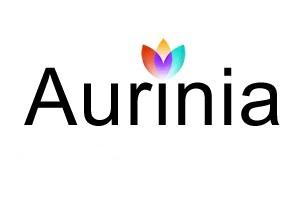
Aurinia Pharmaceuticals has announced the outcome of discussions with both the European Medicines Agency (EMA) and the Pharmaceutical and Medical Devices Agency (PMDA) in Japan regarding the development of voclosporin for the treatment of active lupus nephritis (LN). Pursuant to these discussions, the company believes that the confirmatory data that can be generated from the single phase III clinical trial (AURORA) and the recently completed AURA-LV (AURA) phase IIb study should support regulatory submissions in the US, Europe and Japan.
“Our interactions with regulators in all three jurisdictions have given us a clear pathway for Phase III, and we are confident in our ability to execute AURORA successfully based on their feedback and the information gleaned from the AURA study,” said Lawrence D. Mandt, Vice President of Quality and Regulatory Affairs at Aurinia. “The productive conclusion of these regulatory interactions marks a milestone in our development program and brings this exciting new therapeutic option one step closer to those patients suffering from LN.”
The phase III AURORA trial will be a global 52-week double-blind, placebo controlled study of approximately 320 patients. Patients will be randomized 1:1: to either of 23.7mg voclosporin BID and mycophenolate mofetil (MMF) or MMF and placebo, with both arms receiving a stringent oral corticosteroid taper. As in AURA, the study population will be comprised of patients with biopsy-proven active LN who will be evaluated on the primary efficacy endpoint of complete remission, or renal response, at 52 weeks, a composite which includes:
“Based on the recent learnings from the positive AURA study at 48 weeks, we intend to use a UPCR of =0.5mg/mg and evaluate the primary endpoint at 52 weeks in AURORA,” added Richard M. Glickman, Aurinia’s chief executive officer. “We are on track to initiating the global AURORA study this quarter and fulfilling our goal of improving the long-term outcomes for patients with this disease.”
The AURORA study is a 52-week global double-blind placebo controlled phase III study that will compare the efficacy of one dose of voclosporin (23.7mg BID) or placebo added to current standard of care of mycophenolate mofetil (MMF, also known as CellCept) in achieving renal response (formerly referred to as complete remission) in patients with active LN. Both arms will also receive low doses of corticosteroids as part of background therapy after a stringent taper.
Aurinia announces development plans, voclosporin tom treat active lupus nephritis, europe, japan